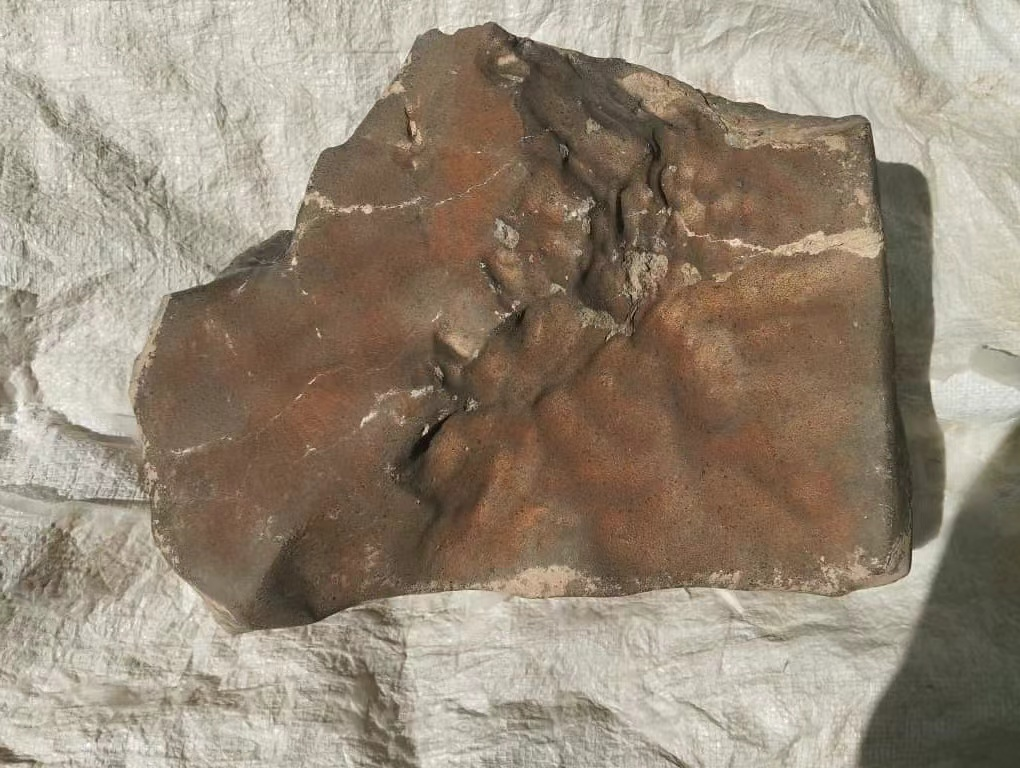
“How much is a slice of another world?” could be the punchline of a late-night game show question, but in July 2025, the response became breathtakingly obvious: more than $5 million. NWA 16788, the world’s largest known Martian meteorite, sold at auction through Sotheby’s, not only making headlines but triggering a flurry of scientific interest and collector jealousy.
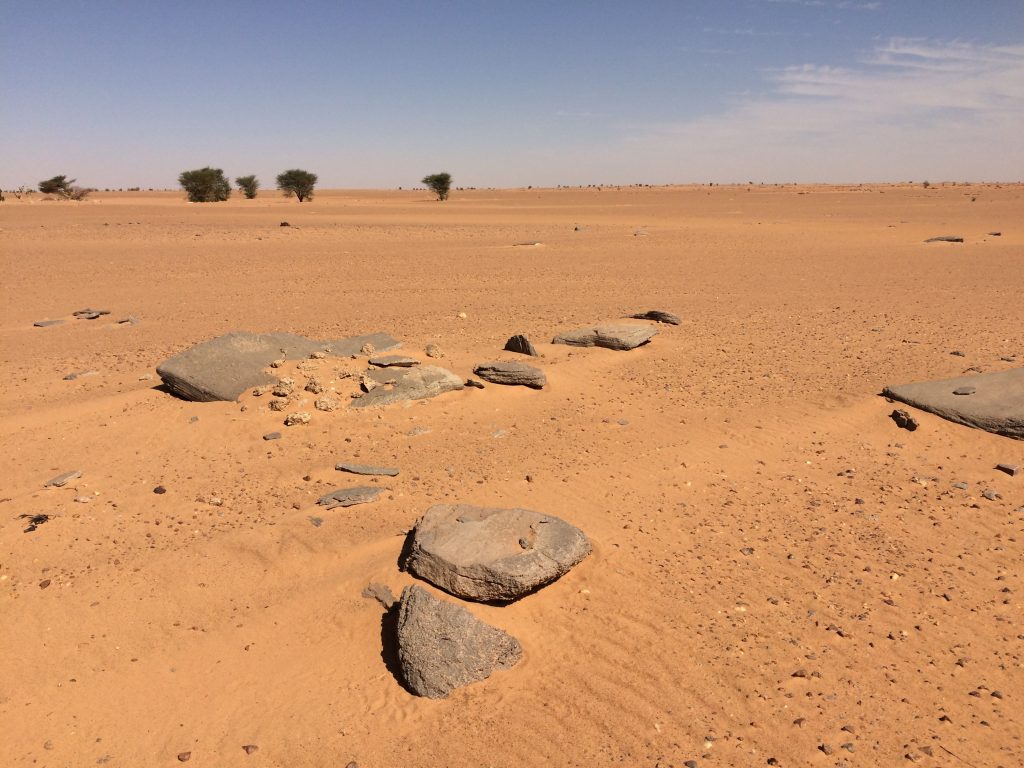
Behind the theatrics of the auction block is a tale that runs from the brutal face of Mars to Niger deserts and planetary scientists’ labs. This 54-pound rock is not just a curiosity of geology; it’s a time capsule, a natural exploration of the deep processes of Mars and the cosmic forces that bring such marvels to Earth. Here are seven amazing secrets that make this Martian meteorite a true wonder.

1. The Meteorite’s Odyssey: From Martian Catastrophe to Terrestrial Auction
NWA 16788’s adventure started with a massive asteroid crash on Mars, so forceful that it sent rocks flying off the planet’s surface and hurtling through 140 million miles of space. Sotheby’s says the meteorite was unearthed in November 2023 in Niger’s Sahara Desert, a show of cosmic brutality and human determination. Survival of the rock through the Martian atmosphere, the vacuum of space, and Earth’s own blazing entry is a feat that happens infrequently. Only some 400 Martian meteorites have been found in all over 77,000 meteorites on Earth, so each one is a valuable collector’s and scientific treasure.

2. A Record-Breaking Find: Size and Rarity
Approaching 15 by 11 by 6 inches in size and 54 pounds in weight, NWA 16788 is roughly 70% bigger than the second-largest Martian meteorite known. Sotheby’s estimates that it contains nearly 7% of all Martian material on the planet, a mind-boggling concentration in one rock. Sotheby’s science and natural history vice chairman Cassandra Hatton called it “the biggest chunk of Mars we have ever discovered by far.” The meteorite’s enormous size not only made auction history but also leaves scientists with an unprecedented sample to analyze.
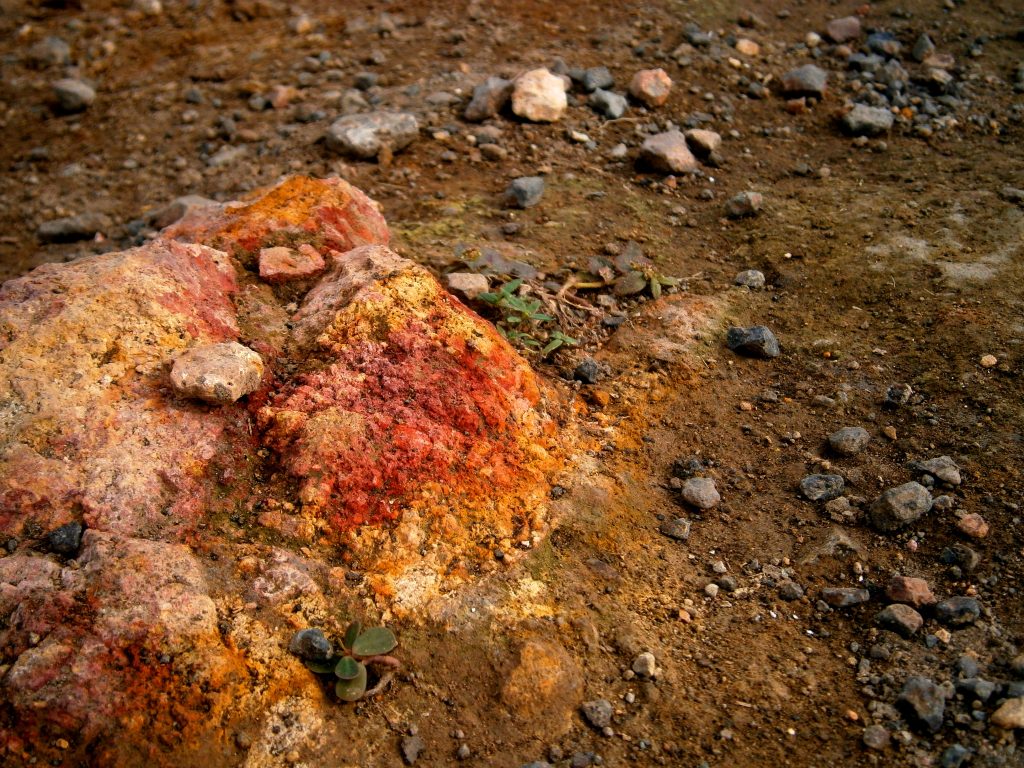
3. The Science of Martian Meteorites: Unraveling Mars’ Ancient Past
NWA 16788 is an olivine-microgabbroic shergottite, one of the rare Martian rocks that develop through the slow cooling of magma. Its mineralogy, represented by pyroxene and olivine, gives us a glimpse into the volcanic past of the Red Planet. Analysis of comparable shergottites has shown that their parent magmas cooled in rather reducing environments near the Martian crust-mantle boundary. These meteorites retain a record of ancient magmatic processes and even capture the pressures and temperatures of Mars’ interior, which make them priceless to planetary geologists.
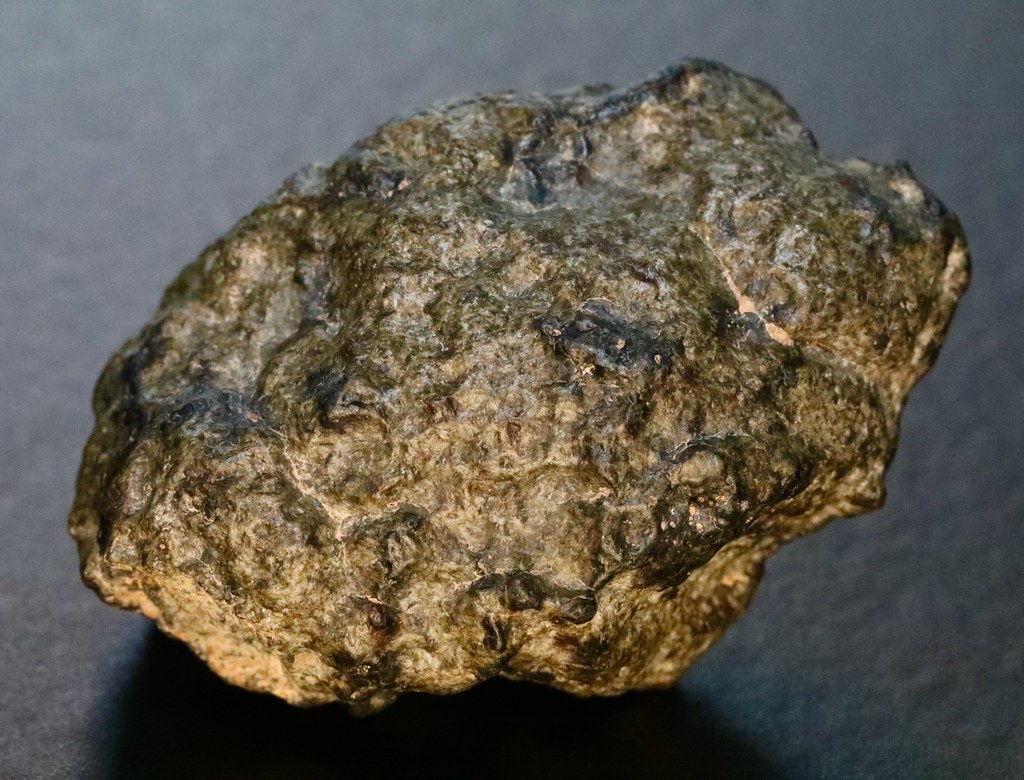
4. Shock Metamorphism: A Record of Catastrophe
Martian meteorites such as NWA 16788 are natural archives of cataclysmic events. Their minerals wear the marks of shock pressures of up to 20–30 gigapascals half a million times Earth’s atmospheric pressure upon ejection from Mars. The occurrence of glassy maskelynite, a result of plagioclase subjected to these pressures, is the characteristic signature. Recent experiments indicate that such changes are feasible at lower pressures than estimated before, refining knowledge of the brutality necessary to send Martian stones into orbit. As Caltech’s Paul Asimow put it, “the difference between 30 GPa and 20 GPa is significant.”
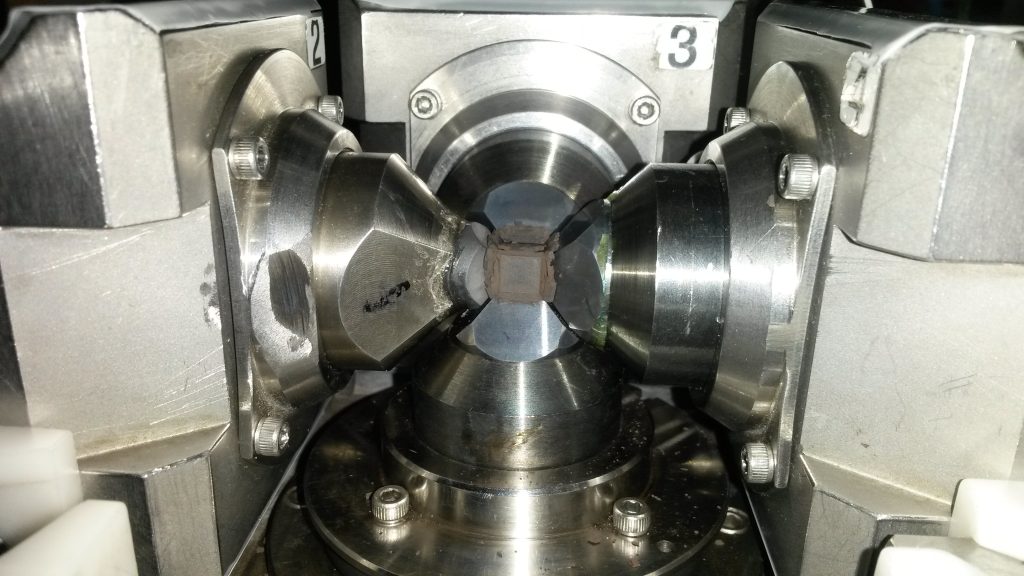
5. Mineral Transformations: Natural High-Pressure Experiments
In these meteorites, minerals such as olivine have been seen to break down into exotic high-pressure phases such as (Mg,Fe)SiO3 perovskite and magnesiowüstite. These are the kinds of transformations seen in Martian shergottites, at pressures in excess of 25 GPA and temperatures above 700°C—rarely reached outside laboratory presses or planetary interiors. The presence of these phases in meteorites is unusually natural evidence of processes that form the deep mantles of terrestrial planets, and they provide insights into Martian as well as Earth’s internal evolution.
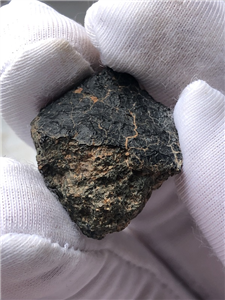
6. Chemical Fingerprints: Tracking Martian Origin
How do researchers verify a rock’s Martian origin? The secret lies in its chemical and isotopic prints. NWA 16788’s chemistry was compared to information collected by the Viking space probe as well as other Martian meteorites, verifying its origin. Unusual ratios of noble gases and the unique chemistry of minerals such as olivine and pyroxene are the telltale signs. As Hatton described, “a specialized lab tested a small fragment of the red planet remnant and verified it was Martian.” Not only do these analyses verify the meteorite, but they also track its volcanic and atmospheric history.
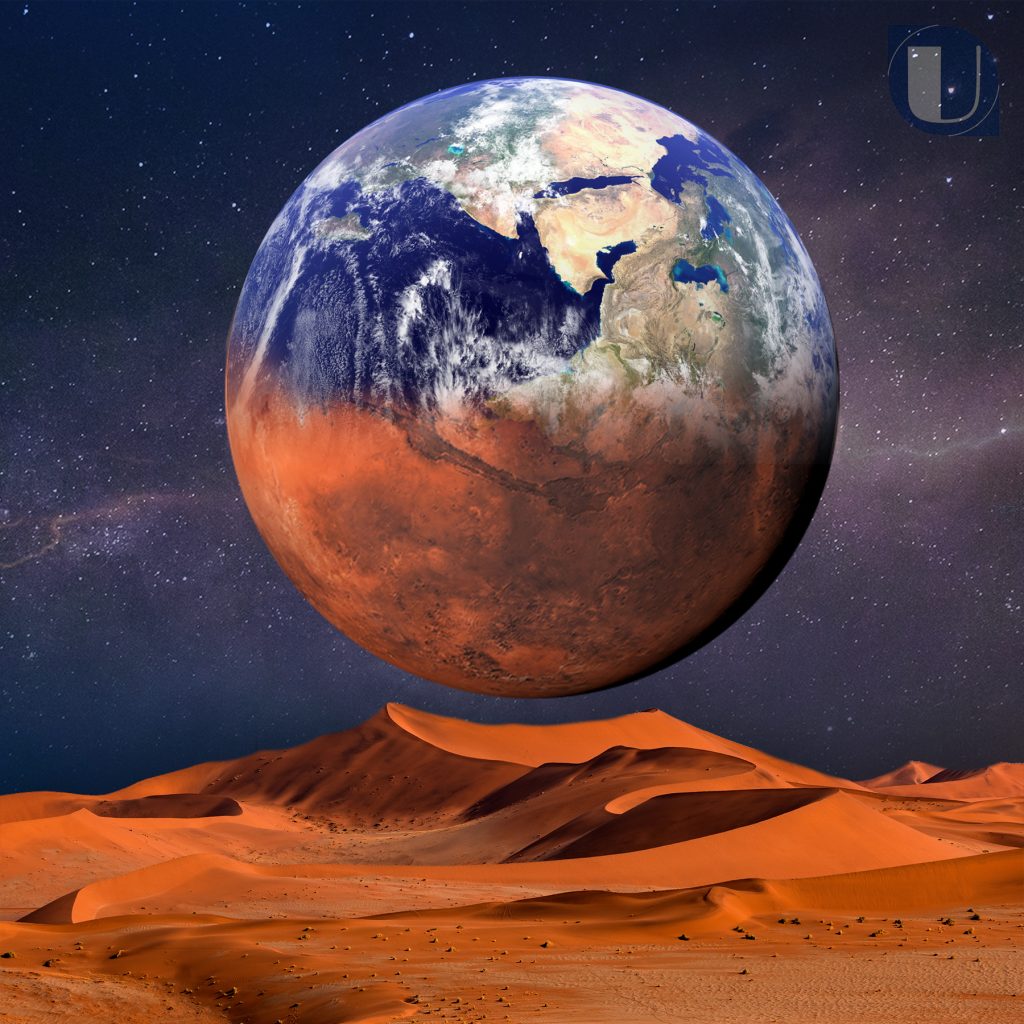
7. Auction Spectacle and the Glamour of the Alien
The Sotheby’s auction of NWA 16788 was as much a spectacle as a scientific achievement. With the advance bids beginning at $1.9 million and the ultimate price reaching $5.3 million after commission, the sale highlighted the fierce competition between institutions and collectors for scarce extraterrestrial relics. The winning bidder’s name is not disclosed, adding an element of secrecy. At the same time, the sale included a juvenile Ceratosaurus skeleton selling for $30.5 million, showing the expanding market for natural history treasures and the continued popularity of objects that sit at the intersection of Earth and the universe.
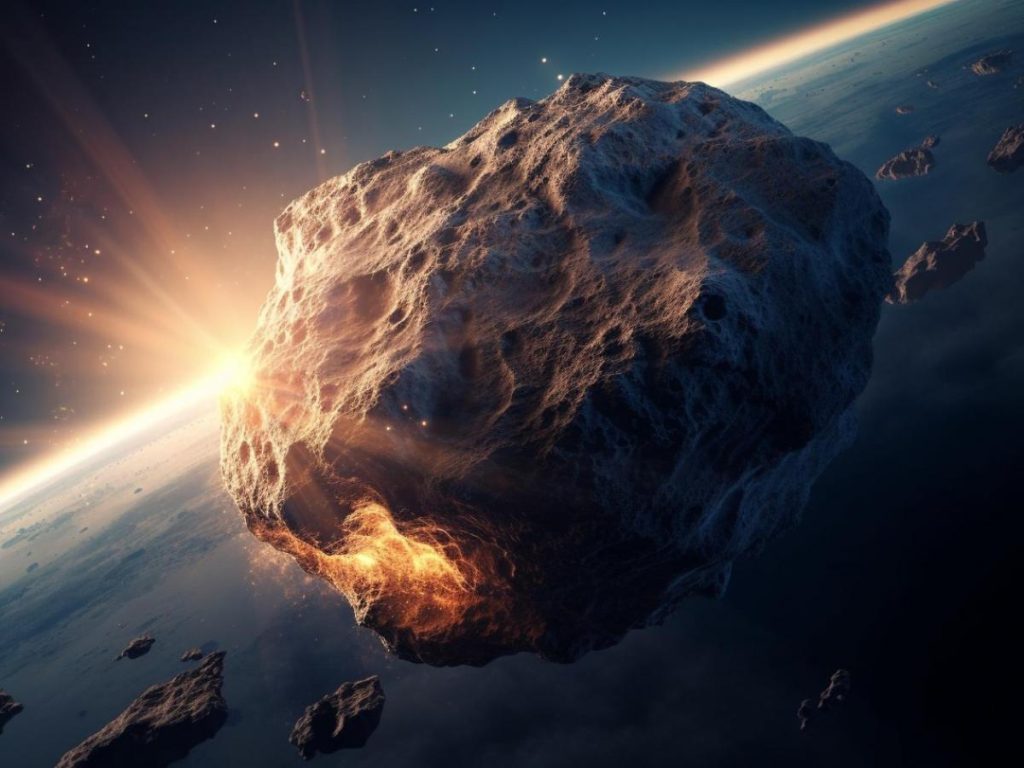
NWA 16788’s sale is more than a sensational auction; it’s a reminder that the universe sometimes brings fragments of its far-off past to our doorstep. Each Martian meteorite carries a story of planetary upheaval, cosmic travel, and scientific discovery, stories that continue to captivate both researchers and collectors. As new finds emerge and analytical techniques advance, the secrets locked within these stones promise to reshape our understanding of Mars and our place in the solar system.


